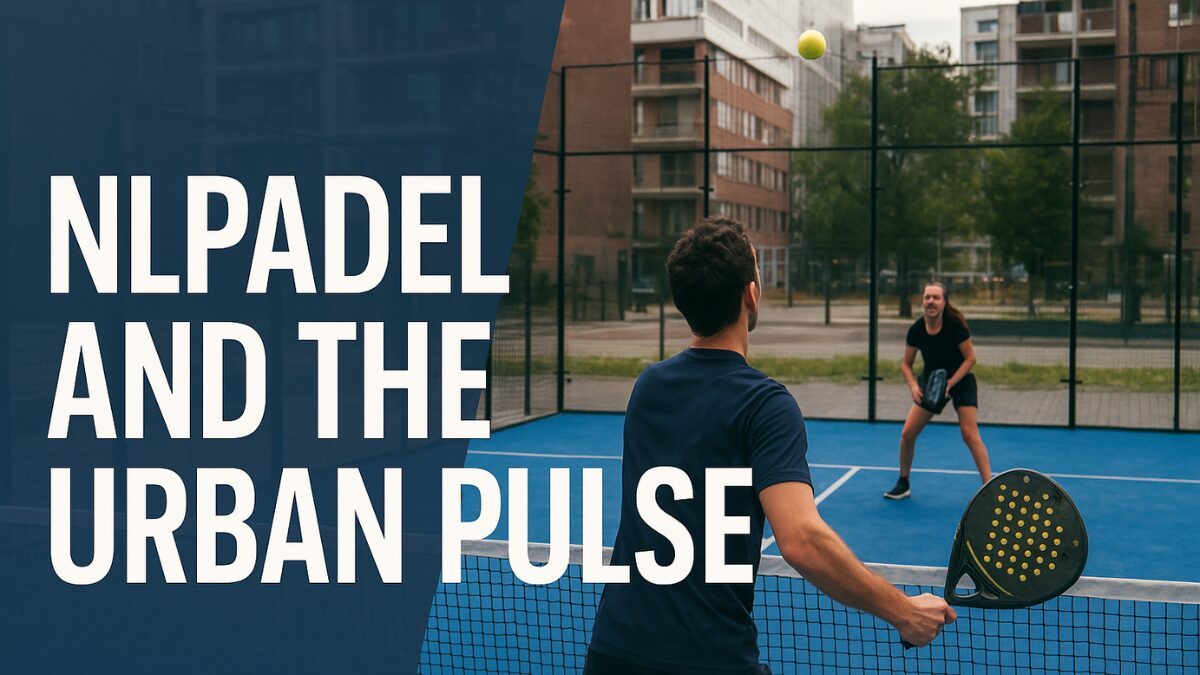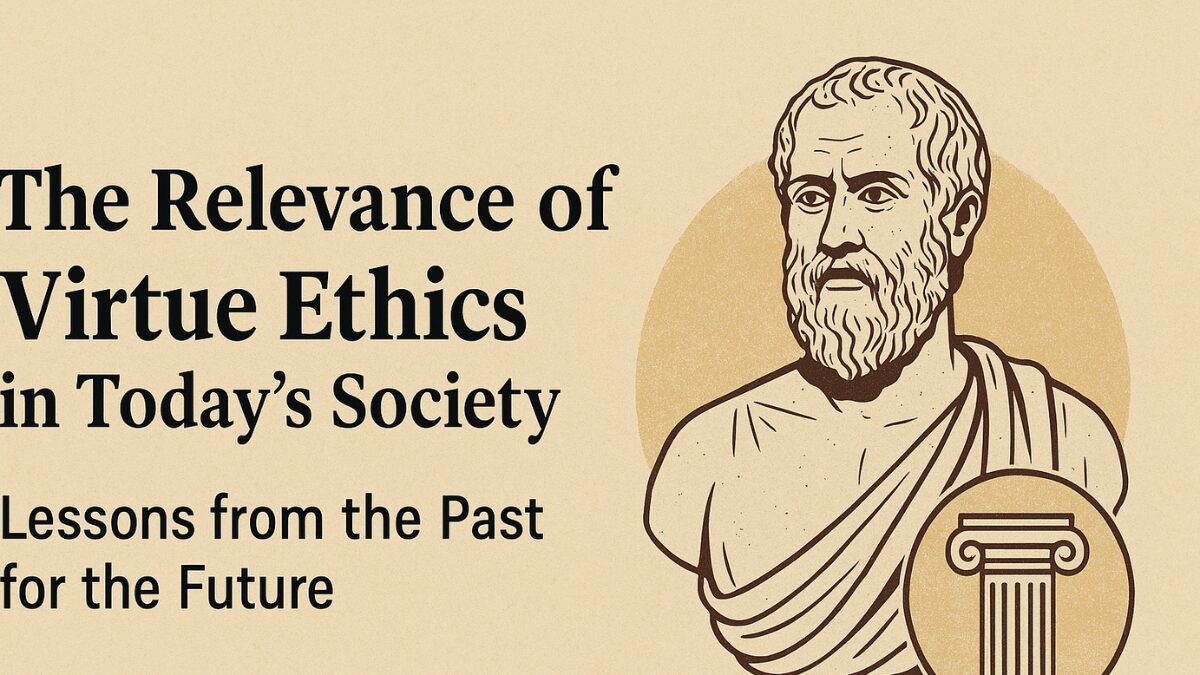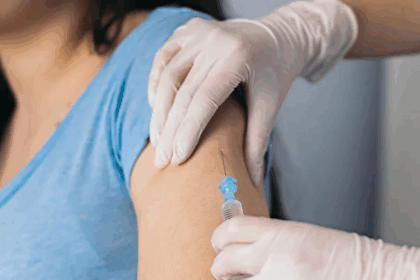Discover how NLPadel is changing urban sports culture in cities like Amsterdam and Utrecht. Learn how this space-saving, social, and accessible sport fits perfectly into modern city life.
also read:https://www.comfortglobalhealths.com/david-borhaz/
NLPadel and the Urban Pulse
In crowded cities such as Amsterdam and Utrecht, finding space for sports is a daily challenge. Tennis courts, gyms, and football fields often compete for the same few square meters. But in this dense urban landscape, one sport has found a clever way to fit in — nlpadel. More than just a trend, nlpadel is redefining how people stay active, connect socially, and make efficient use of limited space.
Understanding NLPadel
Before exploring its impact, it’s worth understanding what nlpadel actually is.
The word “NL” stands for the Netherlands, while “Padel” is a racket sport that combines elements of tennis and squash. It’s played on a smaller court, surrounded by glass or mesh walls that keep the ball in play longer, creating exciting rallies and a dynamic pace.
NLPadel isn’t just the sport itself — it’s the movement surrounding it: the facilities, local clubs, communities, and urban planning models that integrate padel courts into the fabric of Dutch cities.
The Rise of NLPadel in Urban Areas
1. Limited Space, Unlimited Creativity
Urban planners in cities like Amsterdam face one major constraint — space. Traditional tennis courts require large plots of land, often impossible to find within city limits. A padel court, however, is approximately 25% smaller than a tennis court. That means where one tennis court fits, you can often fit two padel courts instead.
This space efficiency allows nlpadel facilities to appear in unconventional places — rooftops, abandoned warehouses, indoor gyms, or even alongside apartment complexes. The adaptability of padel courts perfectly matches the “urban pulse”, where every square meter must serve multiple purposes.
2. Accessibility and Social Connection
Padel is known as a social sport. It’s almost always played in doubles, encouraging teamwork and friendly competition. Unlike tennis, it’s easier to learn, making it attractive to beginners, families, and even older adults.
That’s one of the secrets behind nlpadel’s growth: it doesn’t require years of practice to enjoy. With just a few lessons, players can have long rallies and feel the excitement right away. This accessibility is making padel a community-building tool as much as a sport.
3. A Perfect Fit for Dutch Urban Lifestyle
The Dutch are famous for their active and outdoor culture, but weather and limited space can restrict traditional sports. NLPadel solves both issues. Indoor courts and covered arenas allow play throughout the rainy seasons, and the compact court size makes it possible to install multiple courts even in crowded neighborhoods.
For busy professionals or students living in cities, nlpadel offers an easy and flexible way to stay active without traveling far.
How NLPadel Is Reshaping Urban Sports Culture
| Aspect | Traditional Urban Sports | NLPadel’s Impact |
|---|---|---|
| Space Usage | Requires large fields or gyms | Compact, fits in small or shared spaces |
| Accessibility | Often skill-based or expensive | Easy to learn, affordable for all |
| Community Involvement | Limited to clubs | Open to everyone; social events, leagues |
| Weather Dependence | Mostly outdoor sports | Indoor/covered courts for all seasons |
| Noise & Disturbance | Can disturb nearby homes | Lower noise levels; indoor options |
NLPadel demonstrates that a sport can be both urban-friendly and inclusive, aligning perfectly with the Netherlands’ sustainable and communal approach to city life.
The Urban Pulse: Sports as Part of City Planning
Modern Dutch cities are embracing the idea of the “Active City” — where sports and leisure aren’t limited to specific clubs but are integrated into everyday spaces. Think of basketball hoops under bridges or jogging routes next to canals. NLPadel fits neatly into this model.
Urban planners now view padel courts as multi-purpose assets:
- They enhance local recreation.
- They attract tourism and business.
- They support public health goals.
- They transform underused areas into lively community zones.
By blending recreation with sustainability, nlpadel has become a symbol of modern Dutch urban living — compact, inclusive, and full of energy.
Challenges Facing NLPadel’s Growth
Despite its success, nlpadel isn’t without challenges. Let’s look at the key hurdles it faces and how they’re being addressed:
1. Space Conflicts
In dense areas, every meter is debated. Parks, parking lots, and playgrounds all compete for space. To solve this, nlpadel developers often collaborate with municipal councils to install courts in shared or rooftop areas — maximizing utility without sacrificing green space.
2. Cost of Construction
Building a professional padel court requires durable glass walls, flooring, and lighting. Costs can be high, but innovative solutions — like modular court systems and community partnerships — are reducing expenses and making nlpadel expansion more feasible.
3. Weather Considerations
The Netherlands’ unpredictable weather is a challenge for any outdoor sport. NLPadel’s solution? Hybrid courts with retractable roofs or partial covers, allowing play in both sunny and rainy conditions.
4. Balancing Popularity and Noise
As padel becomes more popular, some neighborhoods raise noise concerns. However, most modern nlpadel courts now use sound-absorbing materials and indoor facilities to minimize disruption while still keeping the community active.
Benefits of NLPadel for City Dwellers
The popularity of nlpadel is not just about convenience — it’s about lifestyle improvement. Here’s what it brings to city residents:
- Physical Fitness: Padel improves coordination, stamina, and reflexes without overstraining joints.
- Social Inclusion: Perfect for mixed ages and abilities — families, friends, colleagues can all join.
- Stress Relief: Fast-paced yet fun; it provides a great outlet for city stress.
- Community Engagement: Leagues, local tournaments, and company matches encourage bonding.
- Economic Value: Local cafés, sports shops, and small businesses benefit from padel traffic.
Sustainability and NLPadel
Sustainability is central to modern urban planning. NLPadel integrates eco-friendly practices such as:
- LED lighting to reduce energy consumption.
- Recyclable turf materials for courts.
- Shared energy systems in indoor complexes.
- Urban greening around padel centers to balance carbon impact.
These steps make nlpadel not only fun but also a responsible addition to the urban landscape.
Future of NLPadel in the Netherlands
The future looks bright for nlpadel. With thousands of new players joining every year, the Netherlands is rapidly becoming a European hub for the sport. Cities are planning to integrate padel courts into mixed-use buildings, residential complexes, and educational institutions.
Experts predict that within a decade, nlpadel will become as common as football or cycling in the Dutch fitness scene — a blend of social fun, accessibility, and efficient land use.
FAQs About NLPadel
- Is nlpadel the same as regular padel?
NLPadel refers specifically to the organized padel network and community in the Netherlands. - How long does a standard padel match last?
Typically between 45 minutes to 1 hour, depending on scoring format. - Can children play nlpadel safely?
Yes, smaller rackets and lighter balls make it suitable for kids aged 8 and up. - Do I need a membership to play nlpadel?
Not always. Many centers offer pay-per-play options alongside memberships. - Are there professional nlpadel tournaments?
Yes, several national and regional tournaments are held each year across the Netherlands. - What’s the ideal court surface for nlpadel?
Artificial turf with sand infill is most common for comfort and durability. - Can nlpadel courts be installed on rooftops?
Absolutely. Rooftop padel courts are becoming a trend in cities with limited ground space. - Is nlpadel suitable for seniors?
Yes, it’s low-impact and excellent for maintaining flexibility and balance. - How do I start playing nlpadel as a beginner?
Find a local club, rent a racket, and book an introductory session. Most centers offer beginner courses. - What’s the best time to play padel in Dutch cities?
Indoor courts allow play year-round, but spring and autumn offer ideal weather for outdoor matches.
Conclusion
In essence, NLPadel is more than a sport — it’s a reflection of modern urban living. It captures the essence of the Dutch “urban pulse”: innovative, social, space-efficient, and healthy. By transforming unused city corners into thriving hubs of activity, nlpadel connects people, promotes well-being, and makes cities more vibrant.
As Amsterdam and Utrecht continue to grow, the rhythm of the city won’t just be heard in bicycle bells or trams — but in the joyful echoes of a padel ball bouncing off glass walls.










